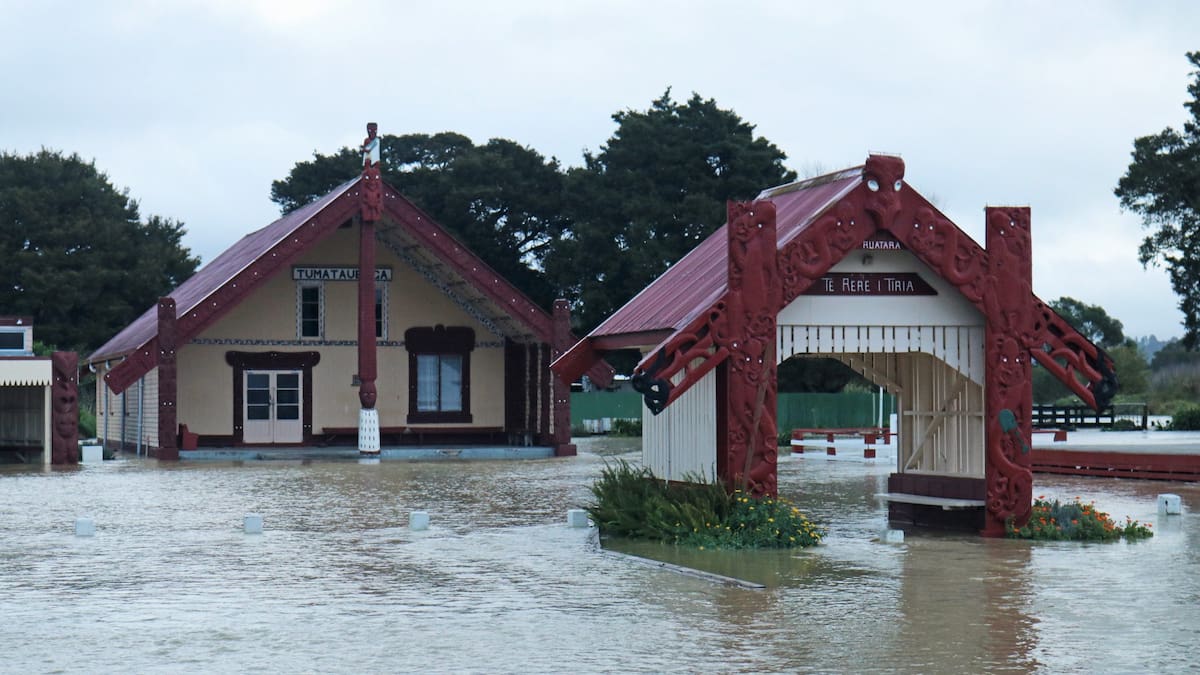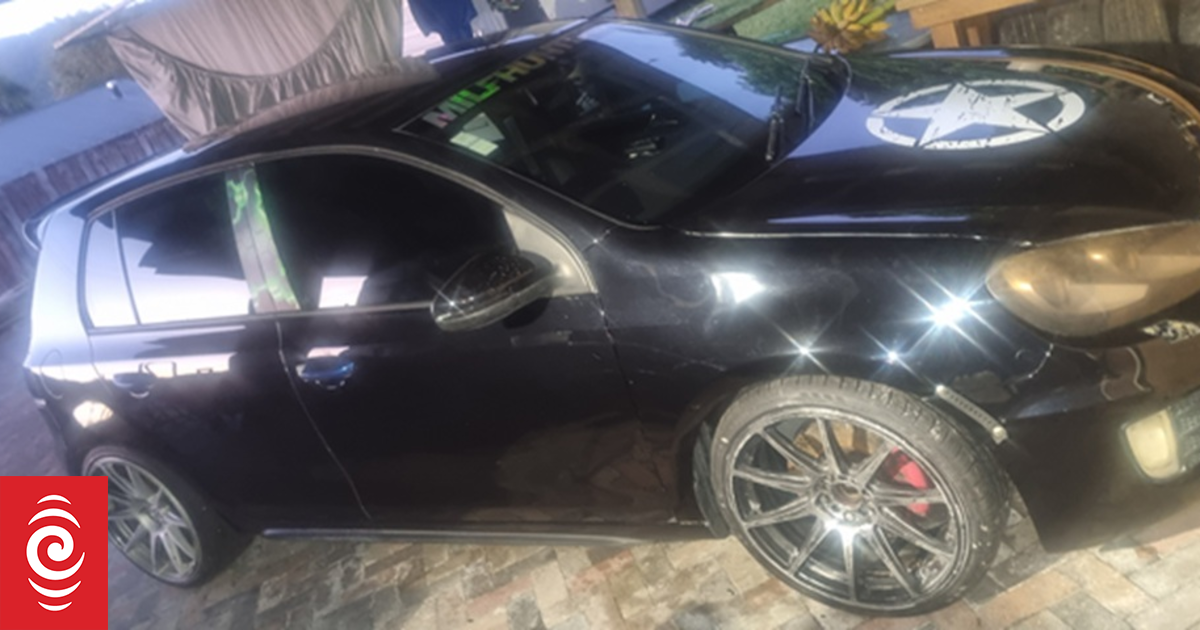They are in a range of often remote settings, including coastal sites and inland beside rivers.
The effects of climate change will amplify the impacts of present-day river and sea flooding that the resilience mahi will aim to address.
All three marae in the heavily impacted, tiny west coast settlement of Pawarenga on Whangape Harbour in the Far North are part of the project.
NRC rivers manager Joe Camuso said the $630,000, year-long marae project starts next month. .
He said NRC was now in the process of contacting the marae concerned.
Camuso said the work would bring many benefits.
“As well as the obvious benefits to marae infrastructure, making marae more resilient to flooding events reduces the strain on Northland’s emergency services and responders.”
Cyclone Gabrielle had clearly illustrated the importance of marae during flooding and bad weather.
Families had sheltered at some marae and others were used as hubs supporting local emergency responses for communities cut off from the outside world.

The project work combines NRC’s rivers, civil defence and climate change teams.
Camuso said civil defence was helping with marae preparedness planning.
The climate change team was helping with the small number of marae for which relocation might be the best option.
He said the regional council plans focused on how best to best to protect marae from flooding.
Some would require more work to achieve this than others.
The council would work with each to develop an individualised approach to boosting flood resilience.
“There is no ‘one size fits all, silver bullet’ solution.”
Camuso said the work had become possible through NRC’s new flood hazard mapping, which enabled the worst-affected marae to be clearly identified.
The marae were affected by one-in-10-year flooding events, which meant they would also be affected by larger one-in-50 and one-in-100-year flooding.
Council mapping shows worsening impacts into the future with the effects of climate change.
Camuso said physical construction work would be best for some marae. Flood protection work could include stopbank construction or engineering work to widen a river’s banks.
For marae who decided retreat was the best flood resilience option in the longer term, planning and design work would more likely take precedence.
Camuso said a community that decided to shift its marae might opt not to spend money doing it up but instead use the funds towards a longer-term shift.
The year-long project is almost fully Government-funded, with $600,000 through its Crown Infrastructure Partners and NRC rates contributing $30,000.
The project is part of NRC’s wider $700,000, three-year marae flood resilience plans, with ratepayers contributing $100,000 in total to the mahi.
About 70% of the project’s marae are in the Far North.
Camuso said this was where the project had identified the bulk of the worst-affected to be, via combined flood mapping and marae distribution analysis.

There are 350 marae in Northland.
The project’s 25 Far North district marae are – Te Hūruhi and Ururangi at Awarua; Ngāi Tawake at Mataraua; Mohinui and Kawiti at Waiomio; Waikare (Te Tūruki) at Waikare; Ōtiria at Ōtiria; Tuhirangi and Ōtātara at Waima; Mōrehu, Ōhāki and Taiao at Pawarenga; Ngāti Manawa (Te Waiariki) and Waipuna at Panguru; Waihou (Waimirirangi) at Waihou; Te Pīti (Ōmanaia) at Ōmanaia; Mataitaua at Hōreke; Te Arohanui (Mangataipa) at Mangamuka Bridge; Mangamuka at Mangamuka; Matihetihe at Mitimiti; Waimanoni at Awanui; Te Reo Mihi at Te Hāpua; Tauteihiihi (Ngātokimatawhaorua) at Kohukohu; Tauratumaru at Utakura and Aputerewa at Mangōnui.
Its six Whangārei district marae are – Mōkau at Mōkau; Ngātiwai at Ngāiotonga; Akerama at Towai; Maungārongo at Poroti, Whakapara at Whakapara and Ōtetao Reti (Ōtetao) at Punaruku.
The project’s five Kaipara district marae are – Naumai at Naumai; Ahikiwi at Kaihū; Ōtamatea at Whakapirau and Te Houhanga at Dargaville.
- LDR is local body journalism co-funded by RNZ and NZ On Air.




